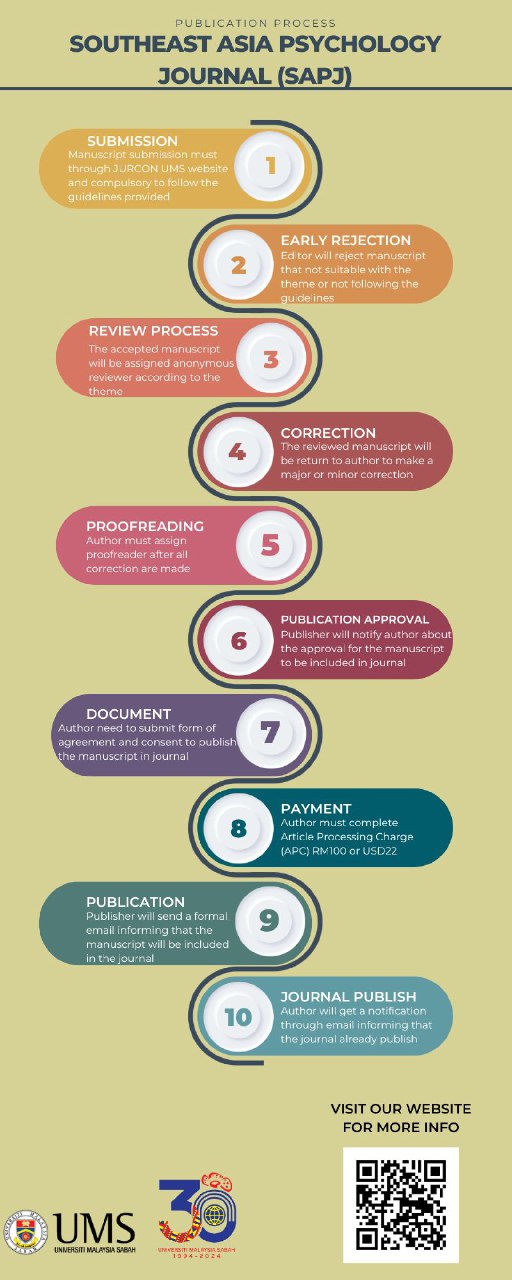FACTORS DETERMINING SHOE-BRAND SWITCHING INTENTION AMONG E-BUSINESS CUSTOMERS: A COMPARATIVE STUDY BETWEEN CURRENT AND POTENTIAL CUSTOMERS
DOI:
https://doi.org/10.51200/sapj.v8i2.5129Keywords:
Switching Behavior, Push Pull Mooring Models, & Online CustomerAbstract
This study aims to determine intention to switch with Push-Pull Mooring Models (PPM) on users and potential buyers of converse shoes among college students, who bought the product through e-business. The research sample consists of 131 users of converse brand, and 100 non-users of Converse shoes, but willing to try Converse shoes. The design of this research is quantitative.
Comparative analysis between users and potentials buyers of Converse shoes found that, service quality as push factor (negative factors from the current product) is the highest mean score to be considered by current as well as potential users. With regard to the mooring factors (psychological and environmental factors), involuntary choice is an important factor to be considered by potential
buyers and switching cost for the current customers. Results in the present study address that, psychological and environmental factors are the important factors that lead to switching intention among buyers and potential users of Converse shoes. In addition, mooring factor shows more significant correlation with push factors than the pull factors, for both current and potentials customers. Implication for the present study is that, to avoid switching behavior among current users, Converse management need to ensure that the mooring factors and push factors does not successfully encourage current users migrating to another brand. To encourage switching behavior among the future buyer, converse management need to create diverse opportunity for the involuntary choice programs.
References
Jishim, J., Han, H., Oh, M. (2016). Travellers Switching Behavior In The Airline Industry From The Perspective Of The Push-Pull-Mooring Framework. Sejong University
Keaveney, S. M. (1995). Customer switching behavior in service industries: An exploratory study. Journal of Marketing, 59(2), 7182. doi: 10.2307/1252074
Paul, J., Modi, A., Patel. J. (2015). Predicting green product consumption using theory of planned behavior and reasoned action. University of Puerto Rico. doi: https://doi.org/10.1016/j.jretconser.2015.11.006
Srivastava, K., & Sharma, N. K. (2013). Service quality, corporate brand image, and switching behavior: The mediating role of customer
satisfaction and repurchase intention. Rajiv Gandhi Institute of Petroleum Technology. doi: 10.1080/15332969.2013.827020
Lai, J. Y., Ulhas, K. R., & Debbarma, S. (2012). An empirical study of consumer switching behavior towards mobile shopping: a push pull mooring model. International Journal of Mobile Communication, 10(4), 386-404.
Nazmul, M. A. (2017). Observing and Estimating the Switching Intentions of Existing Consumers towards New Ethnic Indian Restaurant in
Helsinki. Thesis submitted to Haaga-Helia University.
Osama, S., A., Zafar, U. A. (2015). An intellectual journey into the historical evolution of marketing research in brand switching behavior. Qatar University. https://doi.org/10.1108/JMH-032014-0076
Nimako, S. G. (2012). Consumer switching behaviour: A theoritical review and research agenda. Research Journal of Social Science and Management, 2(3), 74-82.
Supriyadi, Y. F., & Ginanjar Indra, K. N. (2016). Pengaruh kualitas produk dan brand image terhadap keputusan pembelian (Studi pada
mahasiswa pengguna produk sepatu merek converse di fisip universitas merdeka malang). Jurnal Bisnis dan Manajemen, 3 4(1), 135-144.
Suzy, W. (2008). Analisis Perilaku Brand Switching Konsumen Dalam Pembelian Produk Sepeda Motor. Jurnal Bisnis dan Ekonomi, 15
(2), 107 – 127.








